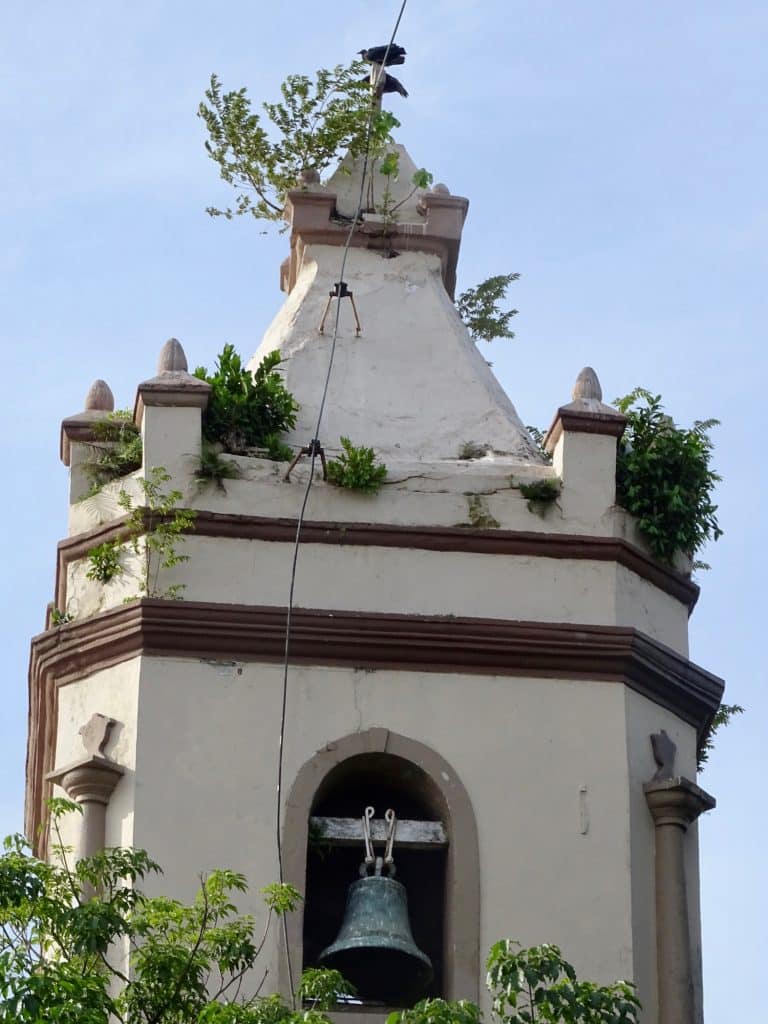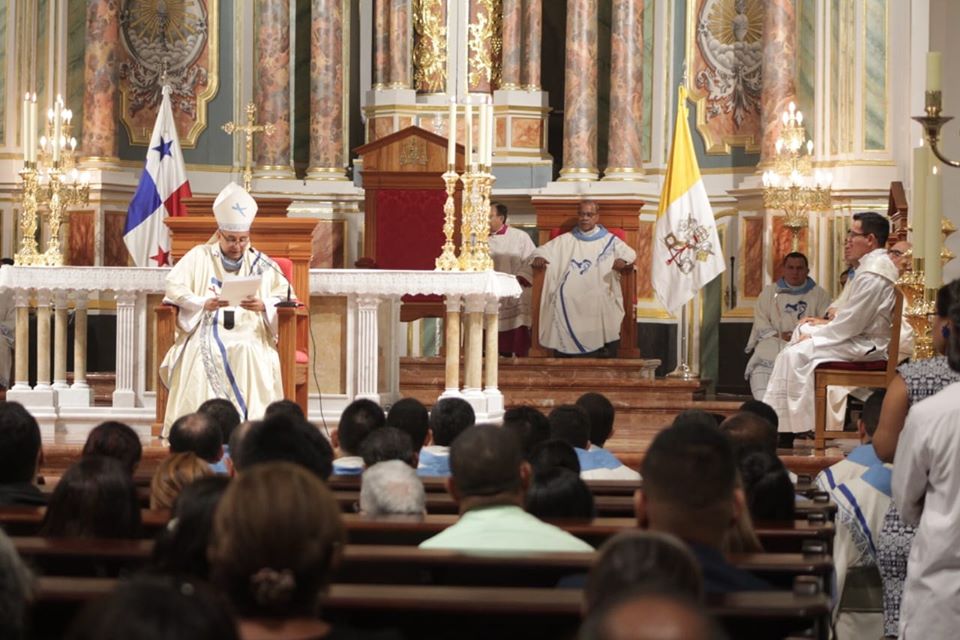It is not known exactly when the Santa Ana Church was founded but it is believed that it was around 1560. But there are really no records of the time it was in Panama Viejo. The history of most of the churches in Casco Viejo is very similar: they were moved after the attacks of the pirate Henry Morgan in 1671. However, the first real record of the Santa Ana Church is from 1678 when it was built in Casco Viejo.
Its origins were modest, a simple parish made of wood. It was not until 1751, that it was decided to change the building to one made of more solid materials. In 1757, it received the support of the Count of Santa Ana, Mateo Izaguirre, who lived next to the Plaza Santa Ana. The area gets its name from the Count. In addition, it received moral and financial support from Bishop Francisco Xavier de Luna Victoria y Castro. The community held raffles and gave donations to raise funds.


In those times, what is now known as the Plaza de Santa Ana was the center of the suburb of the city. The area was used as a market, party place and for bullfights. It was not until 1890 that it became a park with benches and trees. The Santa Ana neighborhood was the most populous in the city, where mainly black people lived in freedom.
This church was consecrated in 1764 with the name of the Hermitage of Santa Ana. Santa Ana was the mother of the Virgin Mary.
Architectural and historical value
The design of the Church of Santa Ana was typical of the colonial construction. The front has three parts in a wavy Baroque style. It only has one pyramid-shaped tower, replicating the Metropolitan Cathedral of Panama. The interior is divided into three naves with wooden pillars and the exterior masonry walls.


In 1854 it was consumed by a fire and was left in ruins for many years. Then, in the twentieth century, other renovations were made to give it its current appearance. It is said that in front of the altar there are perforated plates and below there was a vault that remained closed for 150 years, which supposedly contained the remains of the Count of Santa Ana. The altar is made of marble with mother-of-pearl color like the walls. It is the only church in Casco Viejo that retains its pulpit, used by the priest to preach the sermon in the pre-conciliar period.


For many years, donations made by distinguished ladies of the last century, including filigree emerald and mother-of-pearl necklaces, were kept in the Sacristies and special showcases. The benches were made of mahogany between 1950 and 1953, as were the cabinets that were carved in the School of San Juan Bosco.
Finally, in 1980 the Church of Santa Ana was declared as a national historical monument. This church has witnessed many popular movements, even separatists.
Need for Restoration
In 2004, the altar and some images had to be removed as part of the ceiling fell. This happened as a consequence of humidity and leaks. This church was the first of all the churches in Casco Viejo to have air conditioning, which was installed without permission from the Historic Heritage authority, causing ventilation problems. Between 2009 and 2010, the church received $75,000 from the Social Investment Fund to do some restorations.
The Archdiocesan Committee Friends Churches Casco Antiguo has obtained millionaire funds from the government and private donors to restore some churches in Casco Viejo such as the Metropolitan Cathedral of Panama and the Saint Francis of Assisi Church. However, the church of Santa Ana has remained as the ugly duckling since very little has been invested.
Visit the Santa Ana Church
Over the years, the population in Santa Ana has decreased, but people continue to return to the neighborhood and share with the church that is very active organizing activities.

The entrance time to the Santa Ana Church is from 6 a.m. to 7 p.m. from Mondays to Sundays.
Mass Schedule: Monday to Saturday: 7:00 a.m. – 8:00 am. and 6:00 p.m. (On Thursdays the Mass is at 7:00 p.m. after Holy Hour). Sunday: 7:00 a.m. – 8:30 a.m. – 10:00 a.m. – 11:30 a.m. and 6:00 p.m.